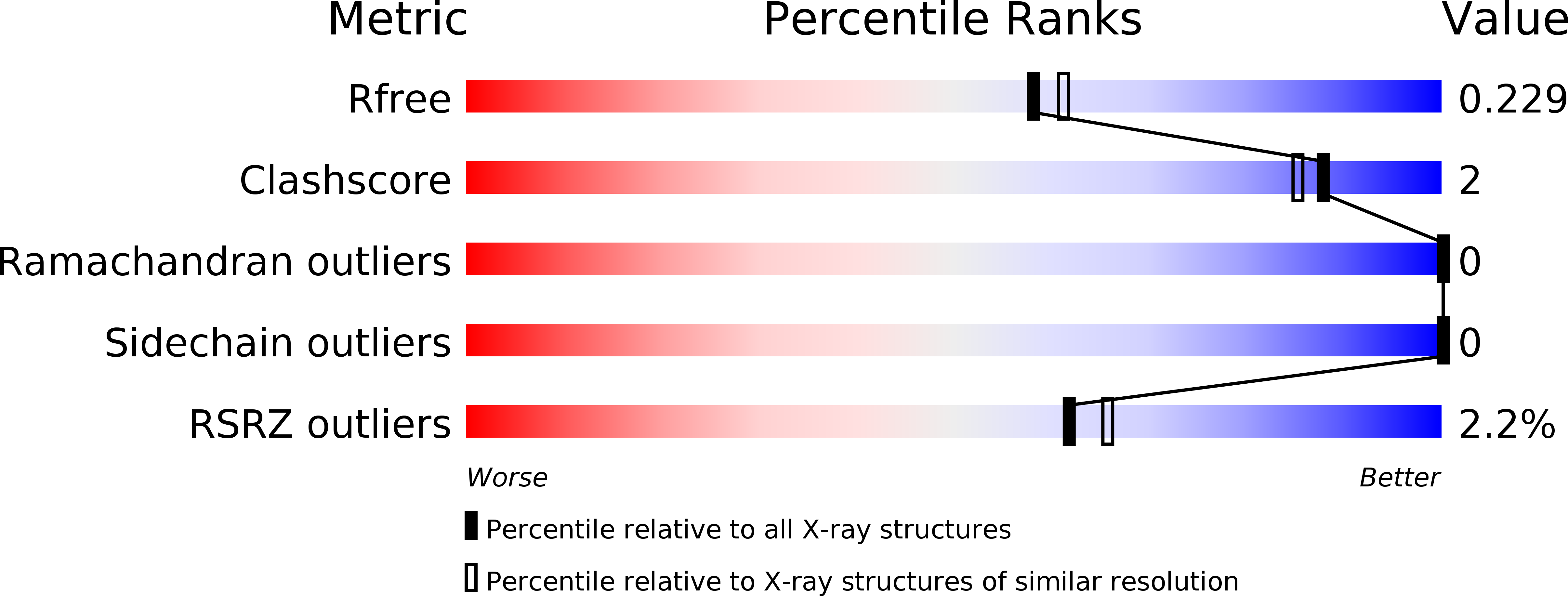General and Modular Strategy for Designing Potent, Selective, and Pharmacologically Compliant Inhibitors of Rhomboid Proteases.
Ticha, A., Stanchev, S., Vinothkumar, K.R., Mikles, D.C., Pachl, P., Began, J., Skerle, J., Svehlova, K., Nguyen, M.T.N., Verhelst, S.H.L., Johnson, D.C., Bachovchin, D.A., Lepsik, M., Majer, P., Strisovsky, K.(2017) Cell Chem Biol 24: 1523-1536.e4
- PubMed: 29107700
- DOI: https://doi.org/10.1016/j.chembiol.2017.09.007
- Primary Citation of Related Structures:
5MT6, 5MT7, 5MT8, 5MTF - PubMed Abstract:
Rhomboid-family intramembrane proteases regulate important biological processes and have been associated with malaria, cancer, and Parkinson's disease. However, due to the lack of potent, selective, and pharmacologically compliant inhibitors, the wide therapeutic potential of rhomboids is currently untapped. Here, we bridge this gap by discovering that peptidyl α-ketoamides substituted at the ketoamide nitrogen by hydrophobic groups are potent rhomboid inhibitors active in the nanomolar range, surpassing the currently used rhomboid inhibitors by up to three orders of magnitude. Such peptidyl ketoamides show selectivity for rhomboids, leaving most human serine hydrolases unaffected. Crystal structures show that these compounds bind the active site of rhomboid covalently and in a substrate-like manner, and kinetic analysis reveals their reversible, slow-binding, non-competitive mechanism. Since ketoamides are clinically used pharmacophores, our findings uncover a straightforward modular way for the design of specific inhibitors of rhomboid proteases, which can be widely applicable in cell biology and drug discovery.
Organizational Affiliation:
Institute of Organic Chemistry and Biochemistry, Academy of Sciences of the Czech Republic, Flemingovo n. 2, Prague 166 10, Czech Republic; First Faculty of Medicine, Charles University, Kateřinská 32, Prague 121 08, Czech Republic.



















